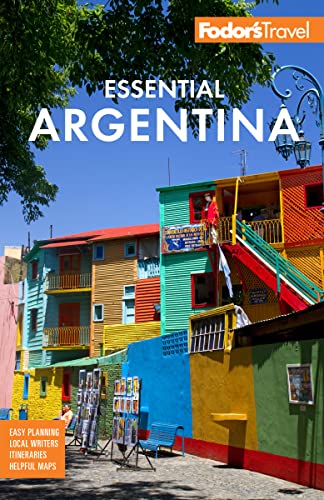Recoleta wasn't always synonymous with elegance. Colonists, including city founder Juan de Garay, farmed here. So did the Franciscan Recoleto friars, whose 1700s settlement here inspired the district's name. Their church, the Basílica del Pilar, was almost on the riverbank then: tanneries grew up around it, and Recoleta became famous for its pulperías (taverns) and brothels. Everything changed, though, with the 1871 outbreak of yellow fever in the south of the city.
The elite swarmed to Recoleta, building the palacios and stately Parisian-style apartment buildings that are now the neighborhood's trademark. They also laid the foundations for Recoleta's concentration of intellectual and cultural activity: the Biblioteca Nacional (National Library), a plethora of top-notch galleries, and three publicly run art museums are based here. Combine all of that with Recoleta’s exclusive boutiques and its beautiful parks and squares—many filled with posh pooches and their walkers—and sightseeing becomes a visual feast. An unofficial subdistrict, Barrio Norte, is one step south of Recoleta proper and one small step down the social ladder. Shopping is the draw: local chains, sportswear flagships, and minimalls of vintage clothing and clubwear line Avenida Santa Fe between 9 de Julio and Puerreydón.





